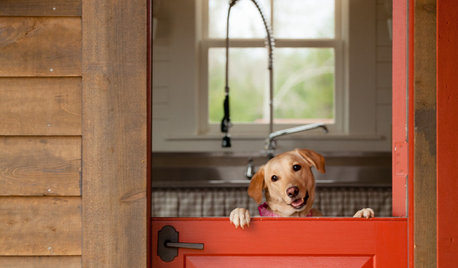weanling with older gelding
aneokly
17 years ago
Related Stories

LIFEThe Polite House: On Dogs at House Parties and Working With Relatives
Emily Post’s great-great-granddaughter gives advice on having dogs at parties and handling a family member’s offer to help with projects
Full Story





Dibbit
ladybug1
Related Professionals
Accokeek Landscape Architects & Landscape Designers · East Rancho Dominguez Landscape Architects & Landscape Designers · Folsom Landscape Architects & Landscape Designers · Zion Landscape Architects & Landscape Designers · Apollo Beach Landscape Contractors · Fort Atkinson Landscape Contractors · Fort Worth Landscape Contractors · Indio Landscape Contractors · Ringwood Landscape Contractors · Chicago Heights Fence Contractors · Columbia Fence Contractors · Daly City Fence Contractors · Hyattsville Decks, Patios & Outdoor Enclosures · Lewisville Decks, Patios & Outdoor Enclosures · Glendale Decks, Patios & Outdoor EnclosuresPipersville_Carol
Dibbit
Pipersville_Carol
onelavenderrose
aneoklyOriginal Author
acorn
Dibbit
ladybug1
aneoklyOriginal Author
Dibbit
dreamgarden